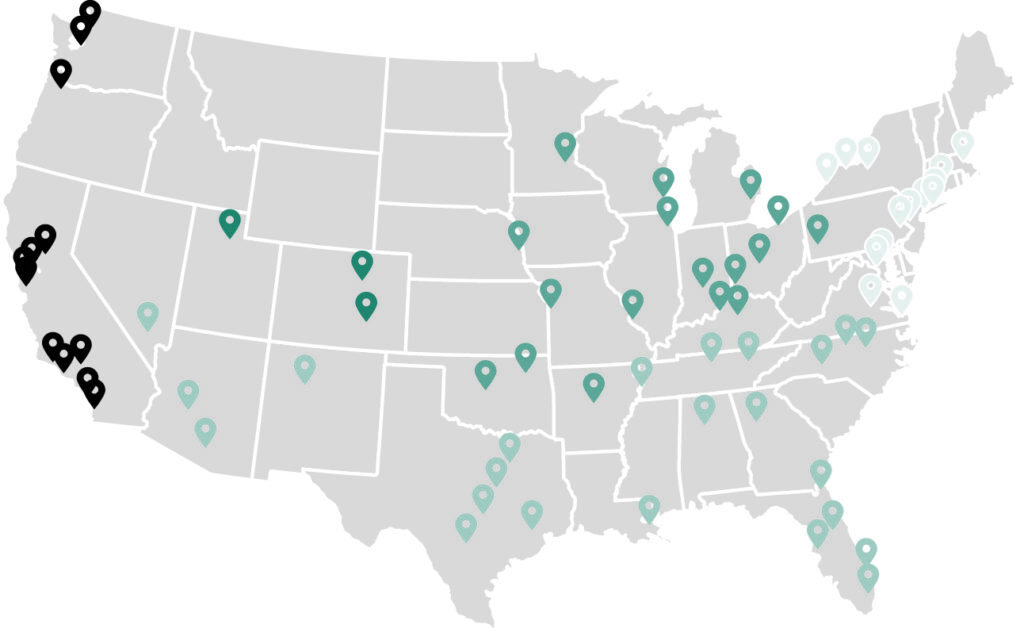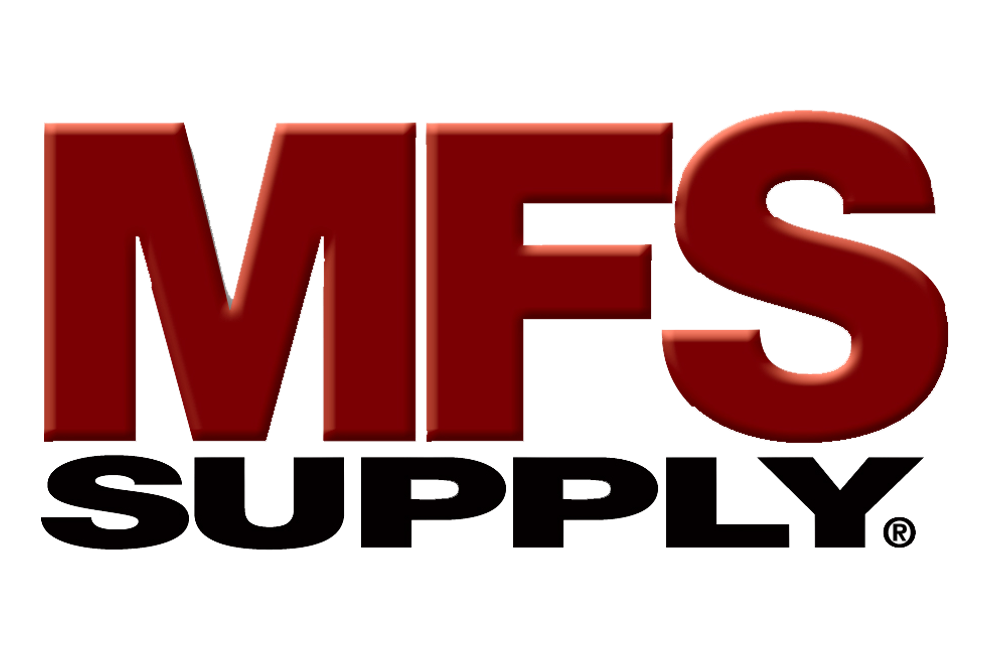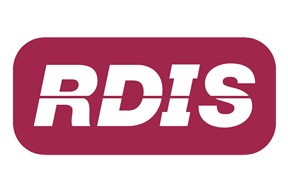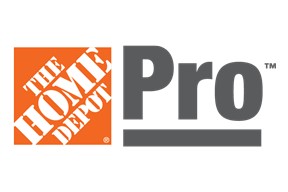Near-perfect benchmarks signal: If you aren’t considering midwest investments, you’re missing out.
Why the Midwest?
According to a September 2024 article in Yield PRO Magazine written by Cushman Wakefield, the Midwest has a lot going for it. For starters, it boasted the second lowest unemployment rate, trailing only the Sun Belt.
Midwest markets also led the nation in rent growth yet was still seen as affordable compared to the rest of the nation (see accompanying figure). It also had the highest concentration of 20-34-year-olds between 2010 and 2023.
Additionally, the Midwest enjoyed the highest multifamily occupancy rate, has a diverse economy, had the second-fastest recovery from the pandemic, witnessed the lowest new supply of multifamily coming to the market, and had the highest cap rates.
Given these strong fundamentals, it may be time to consider diversifying your portfolio into the region.
What’s Expected for 2025?

To take the current pulse of the Midwest market, I interviewed Greg Coulter, the founder and managing member of Income Property Organization (IPO), a privately held multifamily brokerage headquartered in Bloomfield Hills, Michigan.
Costar reports that IPO is a top multifamily broker in the Midwest. In Detroit alone, it was the broker of the largest sale in the Detroit market in 2024, and its sales volume in Detroit was almost as much as the other top 10 brokerages combined, beating out the “Who’s Who” of national franchised brokerages.
Greg, why the Midwest?
The Midwest is one of the best places to invest money in multifamily. Rent growth is steady and jobs are plentiful. The Midwest typically has good cash flow, unlike coastal states throughout the U.S.
What markets does IPO serve?
IPO brokers multifamily assets in Michigan, Ohio, Indiana, Illinois, and Kentucky. We should be licensed in Florida in the next couple of months.
What trends did you notice in 2024?
Multifamily sales were way down in the first half of last year and then rebounded in the third and fourth quarters due to interest rates.
What are you forecasting for 2025?
As long as bank debt stays sub 7% and Fannie Mae and Freddie Mac debt stays sub 6.5%, then we should have a good year with sales on the increase year over year.
What does Supply/Demand Look like?
There is a healthy demand, but sellers are still adjusting to the higher capitalization rates in the marketplace.
How are new construction multifamily units affecting sales?
New construction is slowing down, and I think we’ll see fewer multifamily starts this year than we have seen in quite some time.


What seller behaviors have you noticed?
There is still a disconnect between buyers and sellers on cap rates. The interest rates went up so fast that the new cap rates are a shock to sellers.
Buyer Behaviors?
Buyers are much pickier than they were a couple of years ago. I won’t say it’s a buyers’ market, but we could be morphing into one.
Are you seeing rent growth rate slow down?
I can only speak to Michigan, but the suburban rents have risen 3-5%. In urban locations, we’ve seen a slight decline in rental growth.
What has been the cap rate trend?
Cap rates have risen across all the markets we serve but have stabilized in the past six months.
What have you noticed about multifamily investors’ interest in student housing areas?
Most student housing is suffering due to lower enrollment and online classes. The large Division I schools in Michigan, for example, such as the University of Michigan and Michigan State University are seeing increased construction and demand.
Is there anything else we should be aware of?
No other industry has seen the approximately 75% reduction in transaction volume like commercial real estate did since the Fed implemented aggressive monetary tightening. We have now turned a corner. Fundamentals remain very strong, with low vacancy, solid rent growth, and limited supply pressure. Simple supply-and-demand economics support Midwest apartment investing for the foreseeable future. We expect sales activity to steadily pick up through the year and for equity and debt to become easier to raise with each passing month. The wild card will be interest rates and where they head in coming months.
























0 Comments